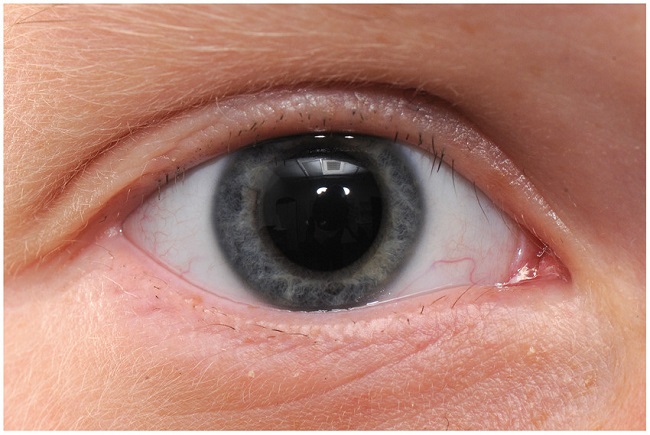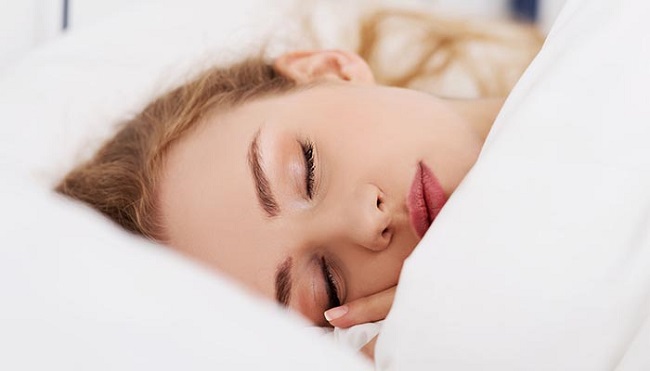Madarosis, though not commonly known, is a condition that affects many individuals worldwide. It refers to the loss of eyelashes, eyebrows, or both. While it may seem like a purely cosmetic issue, madarosis can sometimes be a symptom of underlying health concerns. In this comprehensive guide, we will delve into the causes, symptoms, and treatment options for madarosis.

What Is Madarosis?
Your eyelashes function as filters to shield your eyes from dust or other external factors, and help your eyes to naturally close or blink when they are disturbed. Do not be surprised if you find a few lashes on your pillow in the morning or on your washcloth after washing your face. On the other hand, if you have madarosis, you will lose eyelashes more quickly and in higher quantities than usual. Madarosis is a disorder that results in the loss of eyelashes (and eyebrows)—superciliary, or ciliary madarosis.
One side of your lashes can be affected, or both sides. The word “Madao,” which means “to fall off,” is a loanword from ancient Greek. Madarosis can leave scars, or nothing. Your lost eyelashes have suffered lasting harm if you have scarring. Non-scarring denotes a brief loss of eyelashes. It is one of the symptoms of either systemic or local illnesses.
>> Read more: Is it normal for eyelash extensions to fall out?
What Causes Madarosis?
Madarosis can be brought on by many factors. Both men and women can be affected by this condition, but elderly people are at a higher risk of getting it. Skin issues are among the most frequent reasons. Madarosis can also result from other medical issues which have an impact on your eyes or immune system. Right below are the six most common causes of madarosis:

1. Blepharitis
Blepharitis is an infection of the eyelids, causing inflammation, dry eyes, and itchy, red, and crusty eyelids. Madarosis is brought on by the chronic condition. You’ll likely have blepharitis if your lashes itch, and both of your lids appear red and puffy. With blepharitis, clogged oil glands close to the base of the eyelashes can lead to persistent inflammation and follicular malfunction, which prevents eyelashes’ growth.
>> Read more: Beyond Glamour: Blepharitis from Eyelash Extensions
2. Alopecia
Have little or none at all for eyelashes? Alopecia, or another autoimmune disease, can be the cause. The disorder alopecia prevents hair from growing on your body, head, or face, despite the fact that it can manifest in a lot of ways. The body attacks its own hair follicles as a result of this illness, doctors say, leading to full, partial, or episodic eyelash loss.
3. Skin Cancers
A sign of skin cancer is madarosis. Both malignant and benign (non-cancerous) tumors often result in the loss of eyelashes and brows. Consult a doctor immediately if you notice that one area of your eyelid lacks eyelashes while the rest of your eyelid has a typical fringe. As these dangerous cells proliferate, cancer on the eyelid might obstruct the formation of eyelashes.
4. Chronic Inflammatory Diseases
The term “chronic inflammatory diseases” refers to disorders, where the body assaults itself, much like alopecia, as mentioned. In the joints, organs, and blood vessels, for instance, both lupus and rheumatoid arthritis can harm healthy cells and tissues. It’s critical to pay attention to subtle but visible changes, such as hair and lash loss, that can indicate something bigger at work because these internal disorders don’t always have many exterior symptoms.
5. Bad Makeup Habits
The most likely culprit for a reduction in the fullness of your eyelashes is failing to remove all your eye makeup at night, not your cosmetic routine. Wipes or other removers really need to be followed by a gentle cleaner to further prevent lash loss.

Symptoms of Madarosis
The primary symptom of madarosis is the loss of eyelashes and/or eyebrows. Depending on the underlying cause, individuals may experience additional symptoms, such as:
- Redness and inflammation of the affected area
- Itching or irritation
- Scaly or flaky skin around the hair follicles
- Patches of hair loss on the scalp or other body areas
- Psychological distress or low self-esteem due to changes in appearance
What Can Be The Madarosis Treatment?
If madarosis is diagnosed at an early stage, proper treatments can reverse it. It is impossible to stop permanent madarosis eyelashes. To address the illness, there are numerous therapy methods available. You and your doctor can decide on the best course of action if you have thoroughly identified the reason behind your madarosis of the eyelid.
- Cosmetic Treatments: There are a number of treatments for eyelash loss, ranging from aesthetic to surgical. Many people use eyelash camouflage for cosmetic reasons. The patient has choices for applying eyelashes, including mascara, false eyelashes or eyelash extensions, tattooing, etc.
- Medications: Latanoprost and bimatoprost are the two most commonly used medicines for lengthening or thickening eyelash hair. Improved eyelash development after using latanoprost in one eye. Additionally safe (FDA-approved) and successful at encouraging patient eyelash growth was bimatoprost ophthalmic solution.
- Surgical Methods: When the damage is serious, surgery is required. Leprosy- and alopecia-related madarosis leads to lasting harm (scarring madarosis). Eyelash transplantation is a surgical procedure that effectively replaces missing eyelashes. In this way, hair follicles are inserted into the eyelid with French eye needles. The boundary is punctured by the needles to ensure that each hair follicle is positioned precisely. The hair follicle can be cut after insertion to graft your eyelashes.
- Biotin And Borax: These aid in restoring damaged eyelash texture and promoting the growth of new hair. The keratin structure, the building block of hair, can be improved with vitamin H which promotes your eyelash growth. This promotes the creation of new hair while aiding in the treatment of toxins and infections. Borax needs to be diluted before applying to eyelashes and is even able to cover all of bald areas and promote eyelash growth.
- Natural Extractions: Alopecia areata, eczema, dermatitis, and psoriasis can all be treated with corticosteroids by lowering immune response and inflammation, whether they are administered topically, orally or intravenously. Also, lash loss has long been treated at home with castor oil. By impacting specific hormones, it can impressively increase your eyelash follicles.
>> Explore essential nutrients to support healthy lash growth: Vitamins for eyelash growth- top 5 the best candidates for you

Prevention Tips for Madarosis
While some causes of madarosis may be beyond one’s control, there are several preventive measures individuals can take to maintain healthy hair and reduce the risk of hair loss:
- Maintain a balanced diet rich in essential nutrients, including vitamins A, C, E, and B-complex vitamins, as well as minerals like iron, zinc, and biotin.
- Avoid excessive pulling or manipulation of the eyebrows and eyelashes, especially in cases of trichotillomania.
- Practice good hygiene to prevent infections of the hair follicles.
- Manage underlying health conditions such as thyroid disorders or autoimmune diseases with proper medical care and treatment.
- Limit exposure to harsh chemicals and treatments that may damage the hair follicles.
FAQs
How Madarosis Differs From Milphosis?
The loss of eyelashes may be referred to as milphosis. When referring to your lashes falling out, medical professionals may use the terms “madarosis” and “milphosis” interchangeably. Milphosis and madarosis are diagnosed and handled the same by healthcare professionals. As soon as you have eyelash loss, you must have it checked out so a doctor can determine the proper treatment for it.
How Madarosis Is Diagnosed?
Your doctor will assess the symptoms, enquire about your medical background, and perform a physical assessment. Blood tests, skin scrapings to screen for fungal infections, even skin swabs to check for bacterial infections to study the skin via microscopes will all be needed to detect underlying diseases. To distinguish between scarring and non-scarring madarosis, the diagnosis on eyelashes must be established.
How To Prevent Madarosis Eyelashes At Home?
Along with existing treatments, you can also treat madarosis by making a few adjustments to your daily makeup routine. Be extremely cautious and stay away from any expired or crusted cosmetics before applying it to your eyes. Before bedtime do not forget to remove everything and give special care to your eyes. A diet rich in protein does also aid in the regrowth of your eyelashes. Remember, protein supports and promotes eyelash growth to a heart extent!
Conclusion
Madarosis can be a distressing condition, affecting both physical appearance and self-confidence. However, with proper diagnosis and treatment, many individuals can experience significant improvement in hair regrowth and overall well-being. By understanding the causes, symptoms, and treatment options for madarosis, individuals can take proactive steps to address the condition and achieve healthier, fuller eyebrows and eyelashes. If you are experiencing unexplained hair loss or changes in hair growth patterns, consult with a healthcare professional for personalized evaluation and management.
If you’re seeking more insights into the lash industry, head over to vietnamlash.com. Discover a wealth of knowledge and valuable tips to enhance your understanding of madarosis and other related topics. Take proactive steps towards healthier eyelashes by exploring our comprehensive resources.

